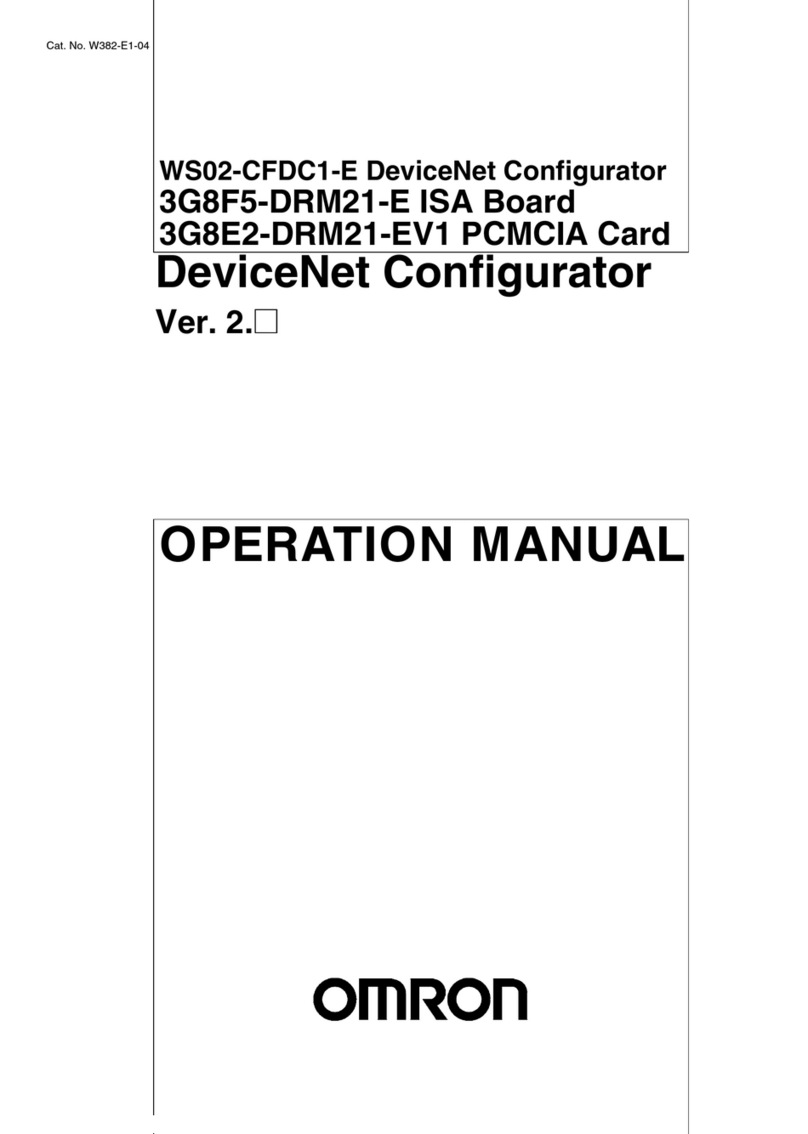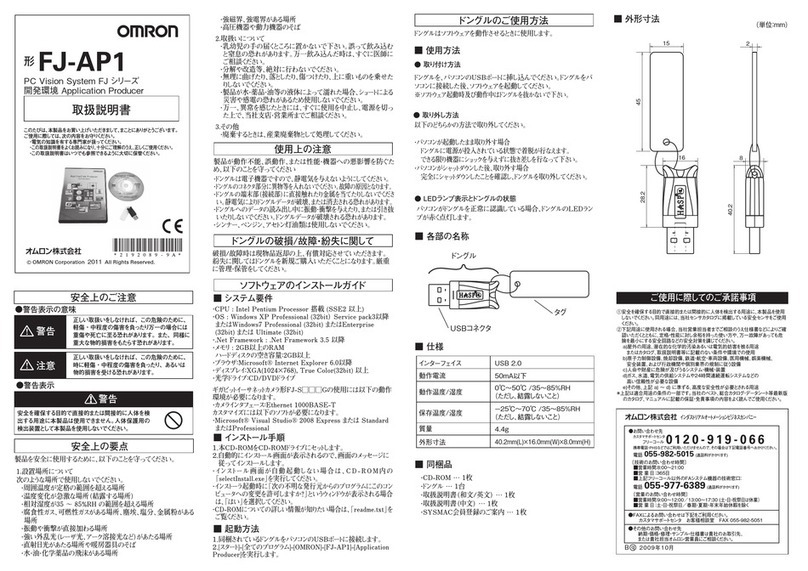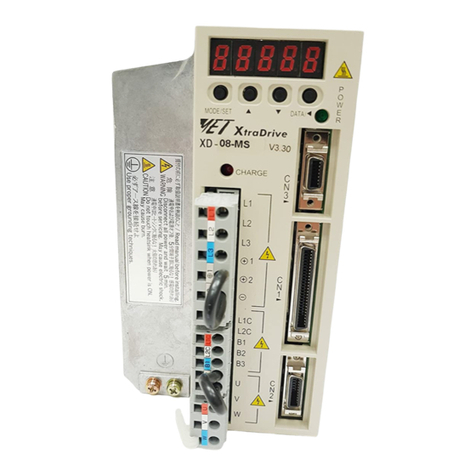Omron CP1E-E14SDR-A User manual
Other Omron Computer Hardware manuals

Omron
Omron ACCURAX G5 - User manual
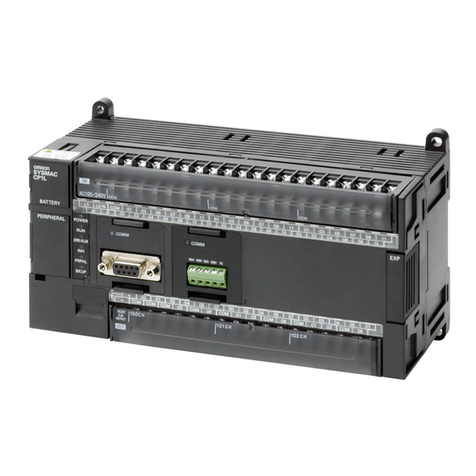
Omron
Omron CP1L User manual
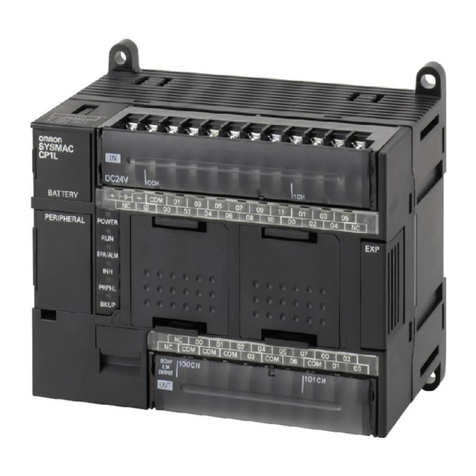
Omron
Omron CP1L CPU UNIT - 03-2009 User manual
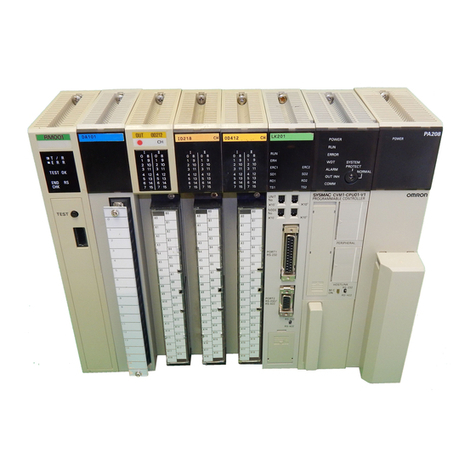
Omron
Omron CVM1 Series User manual
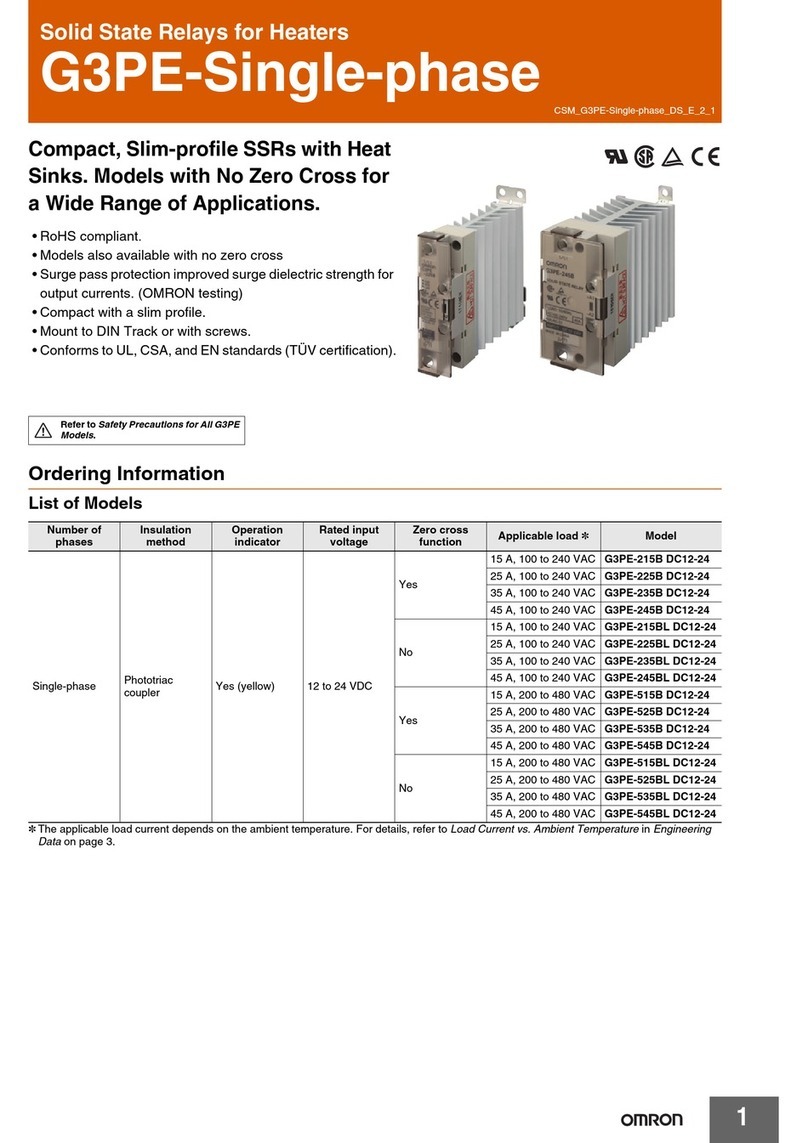
Omron
Omron G3PE-SINGLE-PHASE User manual
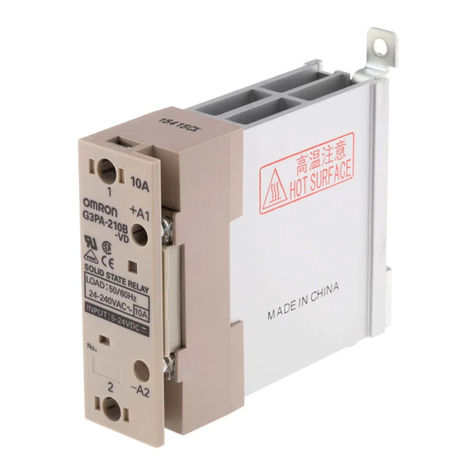
Omron
Omron G3PA User manual
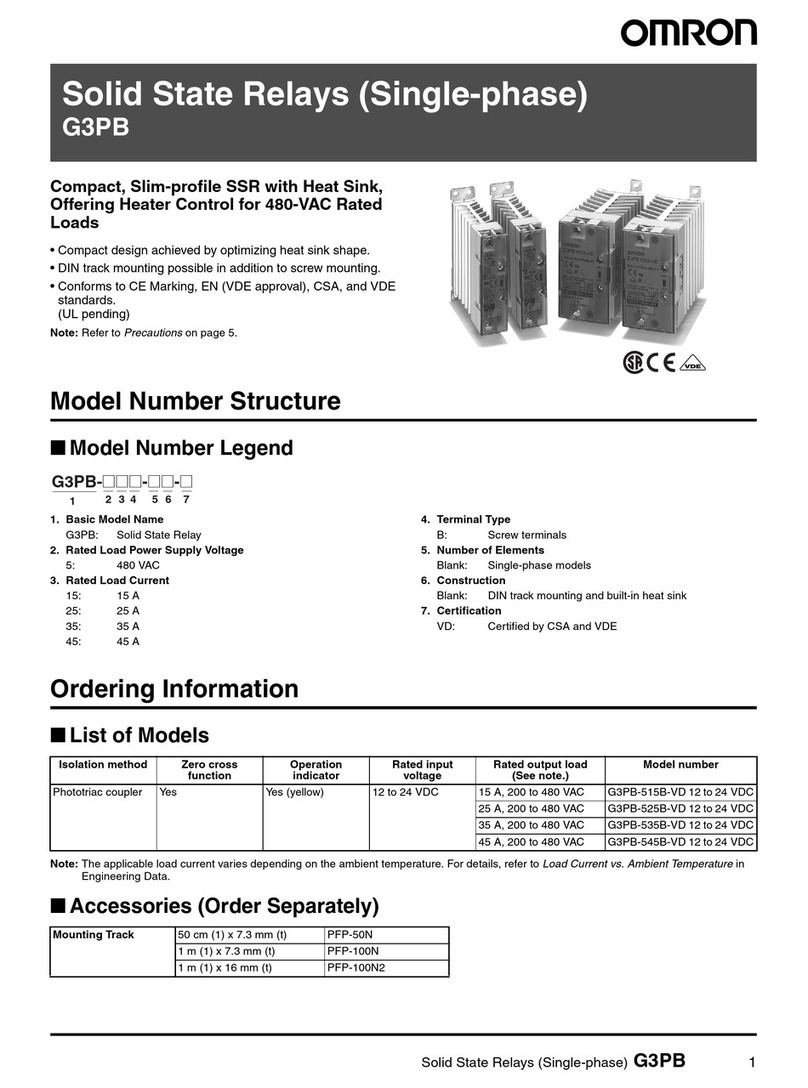
Omron
Omron G3PB User manual
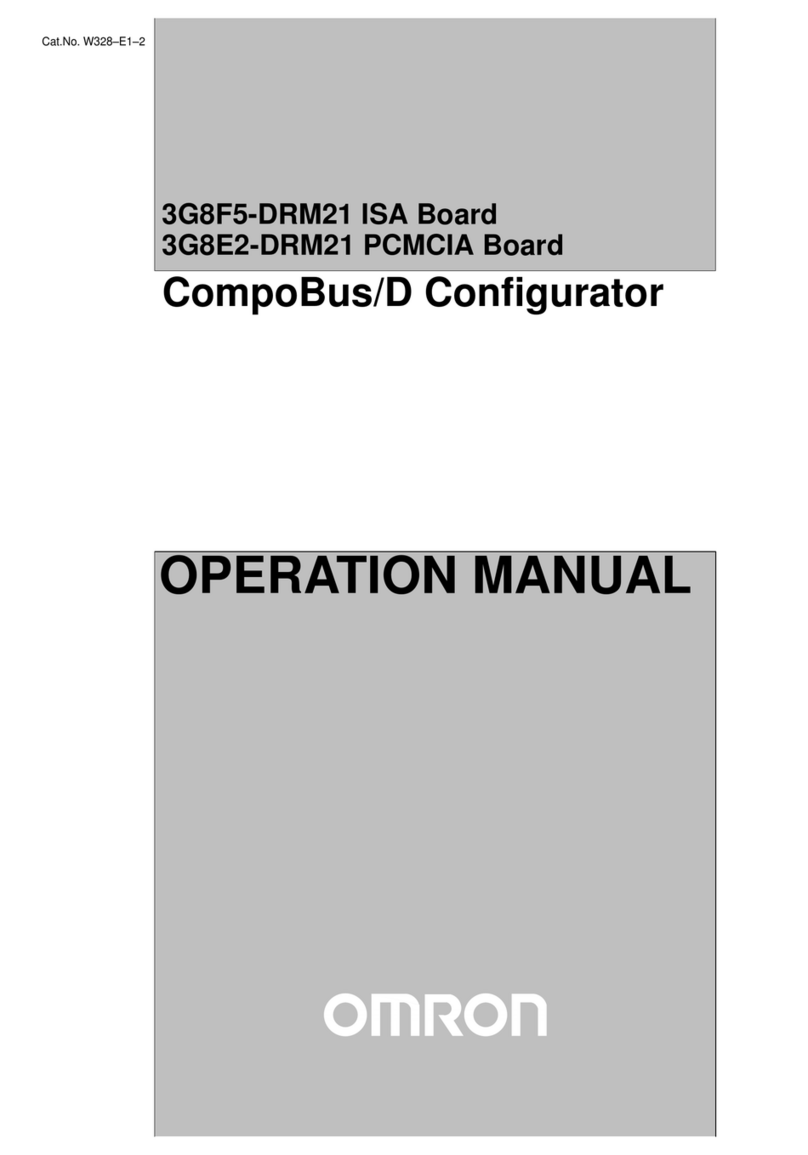
Omron
Omron 3G8F5-DRM21 User manual
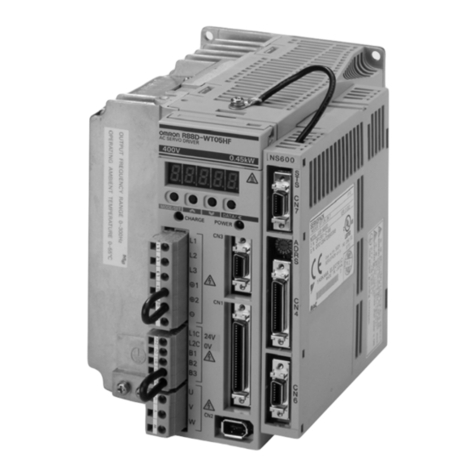
Omron
Omron JUSP-NS600 Quick guide
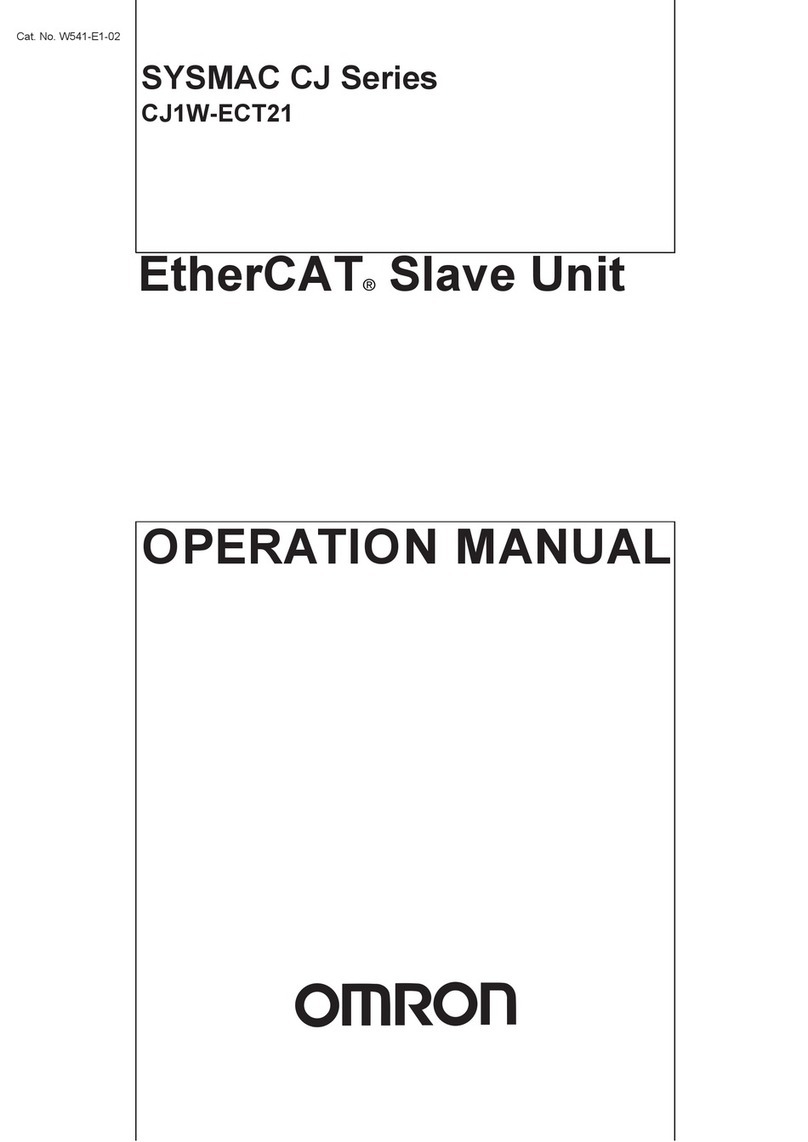
Omron
Omron CJ1W- ECT21 User manual
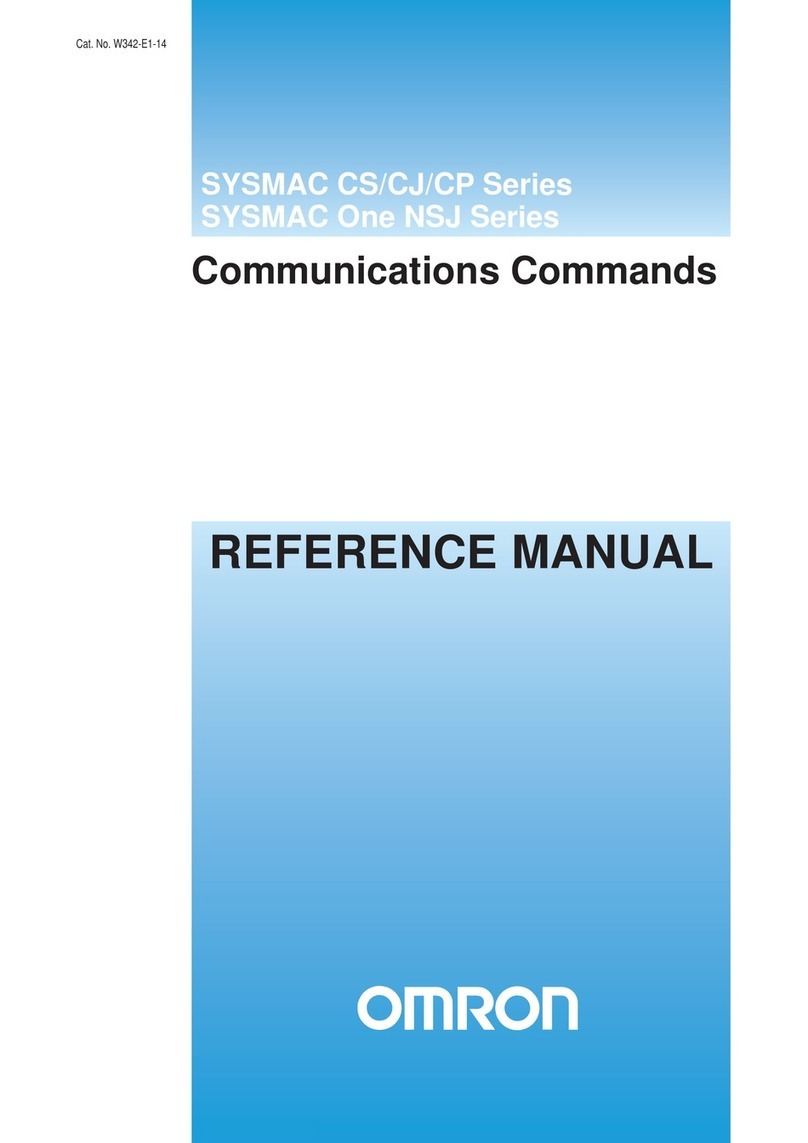
Omron
Omron CJ - REFERENCE 07-2009 User manual

Omron
Omron SYSMAC C200HW-PCU01 User manual
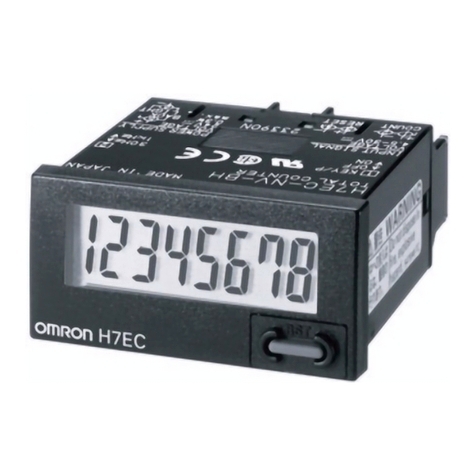
Omron
Omron New H7E Series User manual
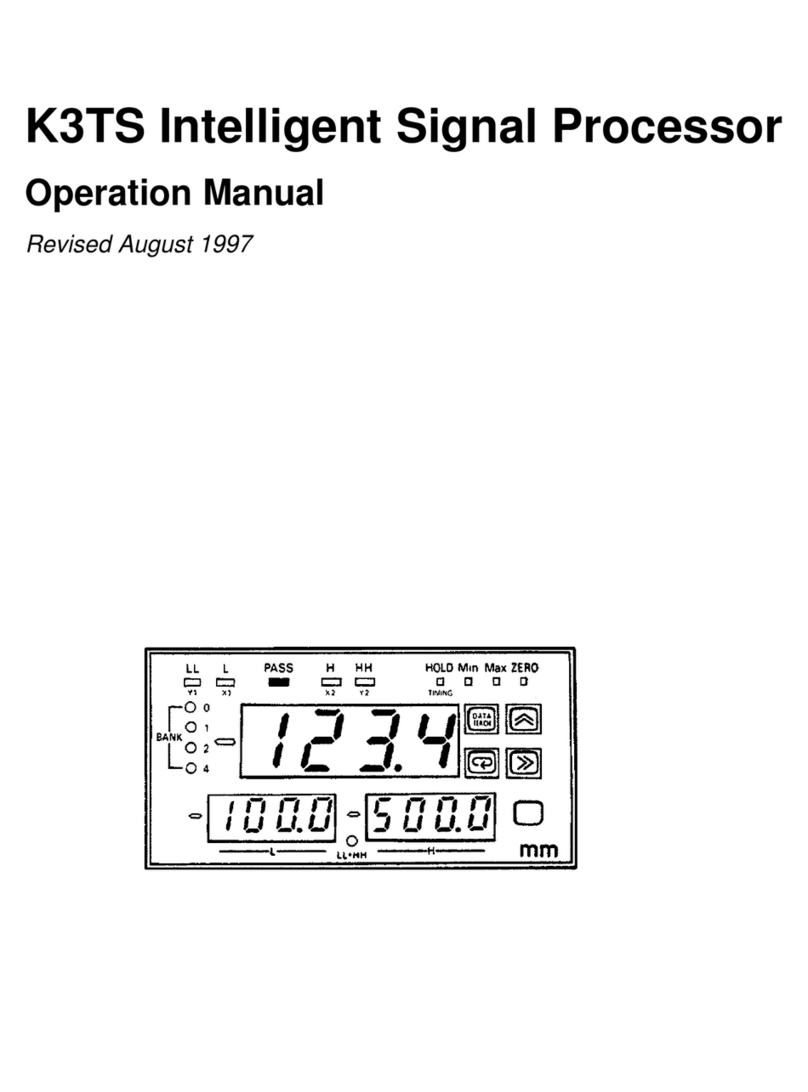
Omron
Omron K3TS User manual
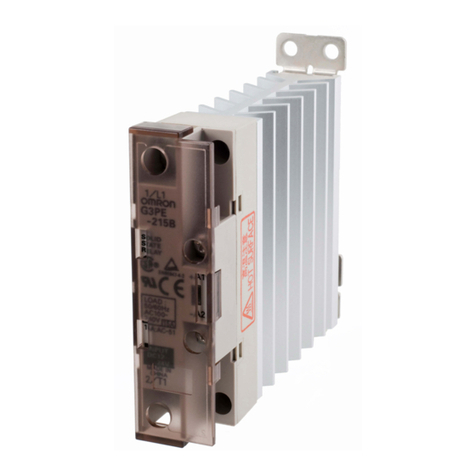
Omron
Omron G3PE Series User manual

Omron
Omron 3G3IV-PSIG User manual
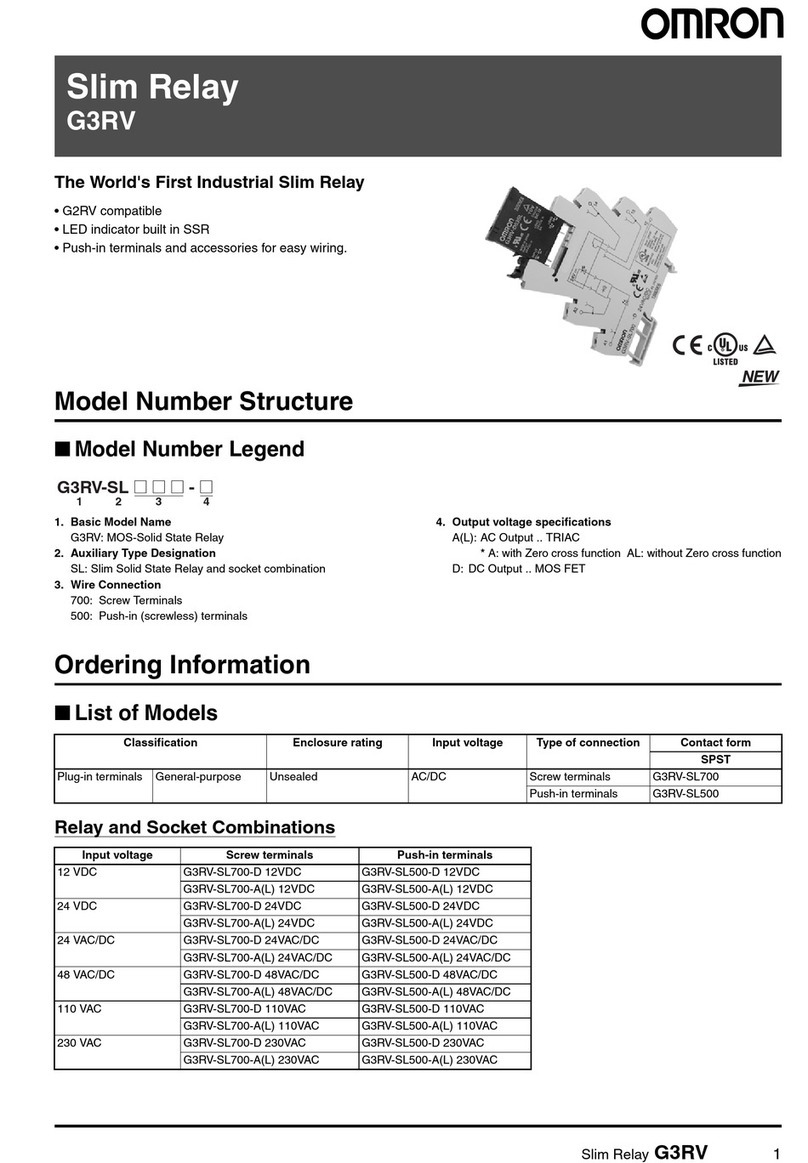
Omron
Omron G3RV User manual
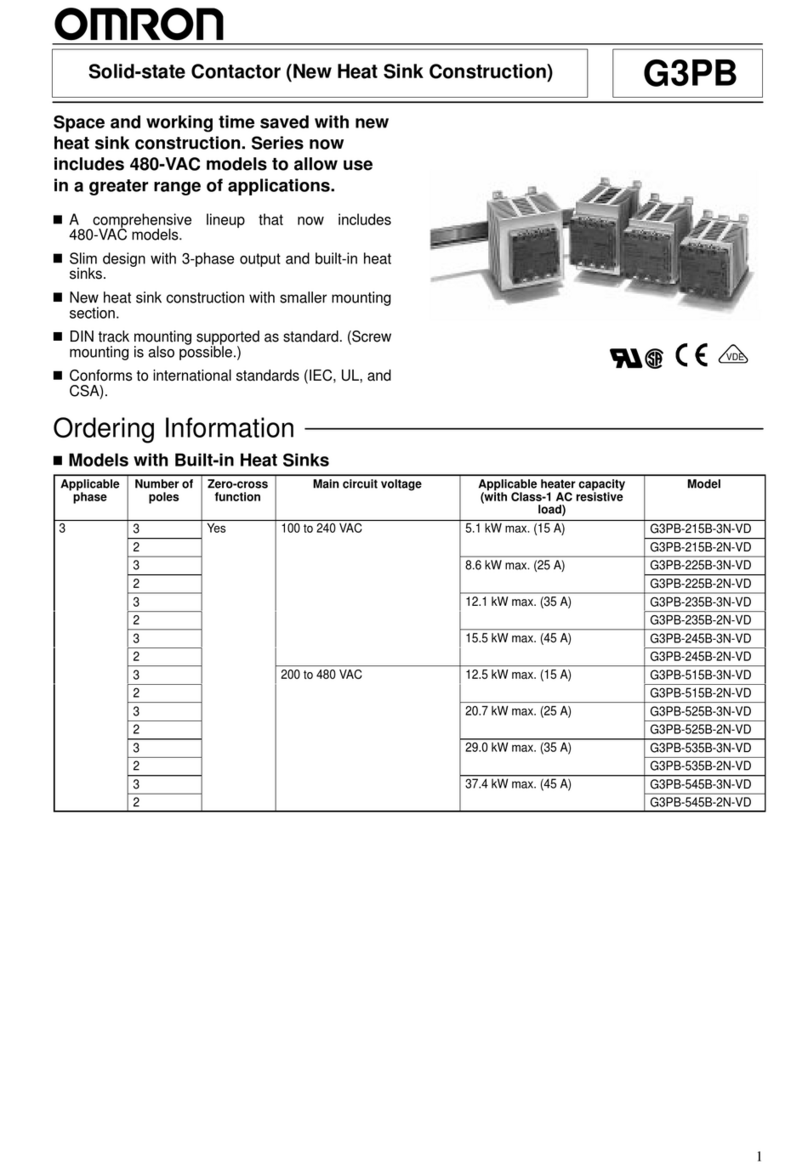
Omron
Omron G3PB User manual
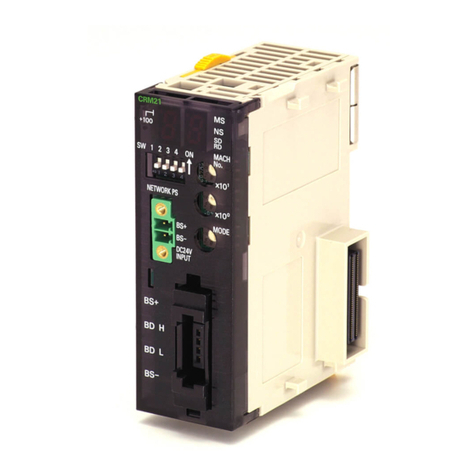
Omron
Omron CS1W-CRM21 User manual
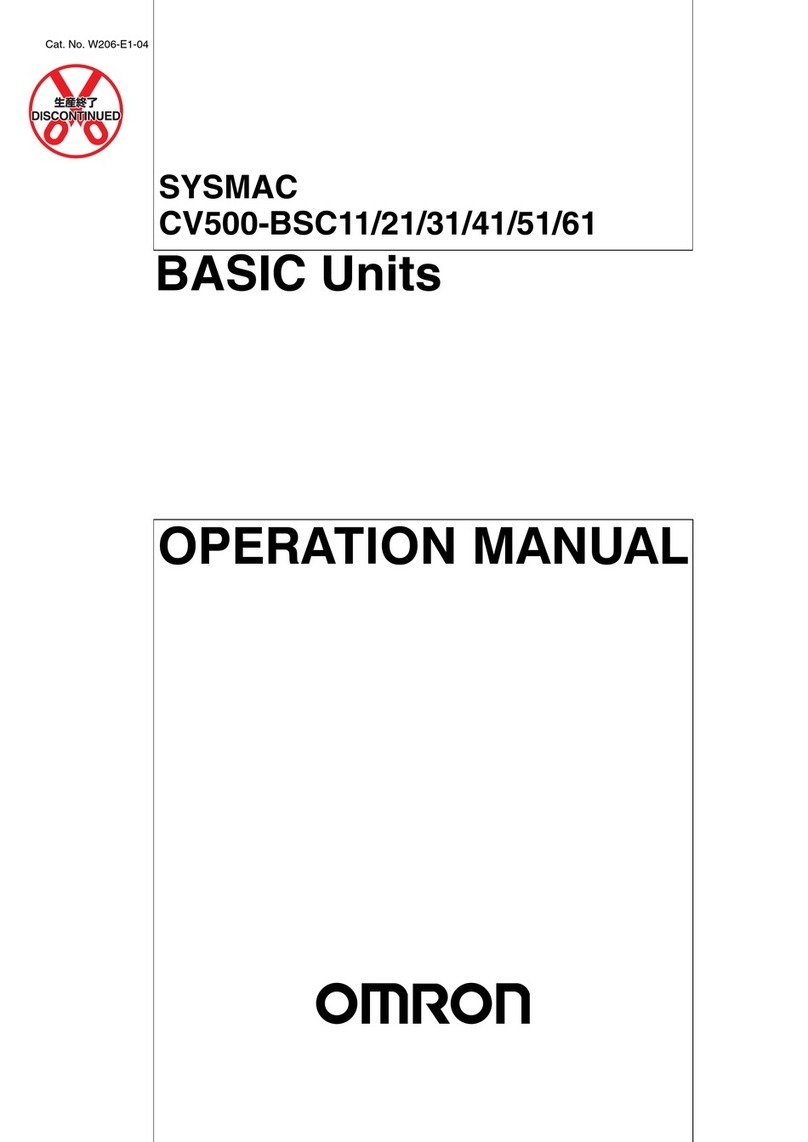
Omron
Omron SYSMAC CV500-BSC11 User manual
Popular Computer Hardware manuals by other brands

Toshiba
Toshiba TOSVERT VF-MB1/S15 IPE002Z Function manual

Shenzhen
Shenzhen MEITRACK MVT380 user guide

TRENDnet
TRENDnet TEW-601PC - SUPER G MIMO WRLS PC CARD user guide

StarTech.com
StarTech.com CF2IDE18 instruction manual

Texas Instruments
Texas Instruments LMH0318 Programmer's guide

Gateway
Gateway 8510946 user guide

Sierra Wireless
Sierra Wireless Sierra Wireless AirCard 890 quick start guide

Leadtek
Leadtek Killer Xeno Pro Quick installation guide

Star Cooperation
Star Cooperation FlexTiny 3 Series Instructions for use

Hotone
Hotone Ampero user manual

Connect Tech
Connect Tech Xtreme/104-Express user manual

Yealink
Yealink WF50 user guide
